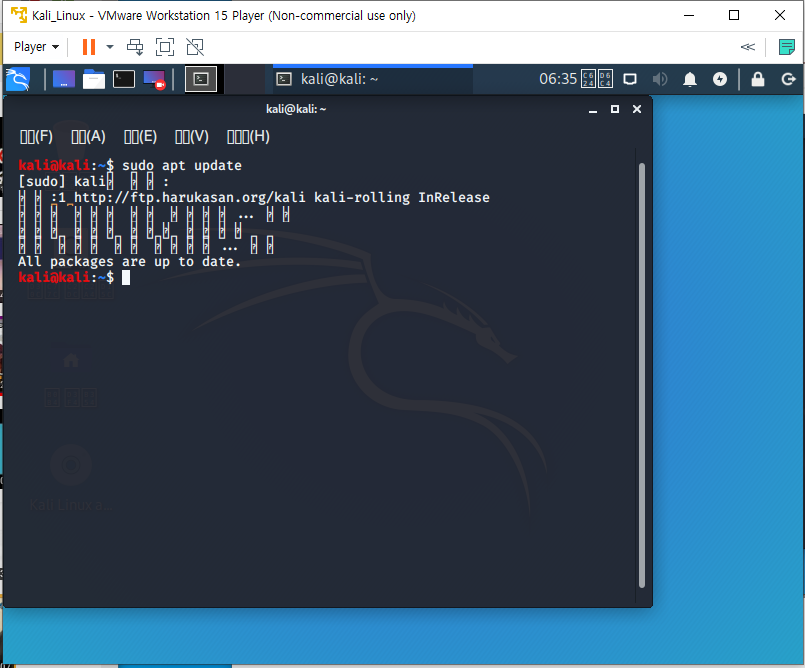

- Sudo apt update and sudo apt upgrade how to#
- Sudo apt update and sudo apt upgrade install#
- Sudo apt update and sudo apt upgrade upgrade#
In fact, you might want to read up on the apt-get and do-release-upgrade man pages to find out more. The difference between these commands is important. When those two complete, you can then run sudo do-release-upgrade and wait for the magic to complete.
Sudo apt update and sudo apt upgrade upgrade#
To really update packages, you have to type: sudo apt-get upgrade afterwards as well edit: let me add to this that sudo apt-get upgrade will finish with Reading state information. To do that, you should first run sudo apt-get upgrade, followed by sudo apt-get dist-upgrade. There is nothing wrong with your system: sudo apt-get update will only update the package list. However, in order to use this command, the system must first be fully upgraded. So if you want to upgrade from Ubuntu 18.10 to 19.04, you use do-release-upgrade. The do-release-upgrade command, on the other hand, is responsible for upgrading from one release to another. Just remember, it will delete software–if it is required to complete the process. Can you use sudo apt-get dist-upgrade as your regular upgrade tool? Certainly.
Sudo apt update and sudo apt upgrade install#
Apt-get dist-upgrade has a smart conflict resolution system, so it will attempt to upgrade the most important packages, at the expense of those deemed less important.Īpt-get upgrade does not remove packages, it only upgrades. sudo apt clean sudo apt autoclean sudo apt autoremove Nothing seems to work (not even dist-upgrade does anything) and when I tried manually updating the packages I got the following message: sudo apt-get install gdb The following packages have unmet dependencies: gdb : Depends: libpython3.8 (> 3.8.0a1) but it is not going to be installed E. However, when you run apt-get dist-upgrade, it will intelligently install or remove packages as needed, in order to complete the upgrade. When you run apt-get upgrade, it only upgrades that which has a new release available to the platform, as defined in /etc/apt/sources.list or in /etc/apt//. Let’s first look at the difference between apt-get upgrade and apt-get dist-upgrade (as that is where much of the confusion lies). Next, upgrade all your installed packages to their latest versions with the following command: Copy to Clipboard. After you edit the file, run the following commands to update your package list and upgrade (update) your software to the newest versions: sudo apt. If line 1 and line 2 are identical, delete one of the two lines and then press CTRL + o to save the file and then press CTRL + x to exit nano. Update apt sources and install Sublime Text: sudo apt-get update sudo apt-get install sublime-text. SEE: Choosing your Windows 7 exit strategy: Four options (Tech Pro Research) apt-get upgrade vs. Use this text editor mode to remove duplicate lines.

Confused? Open source: Must-read coverageĦ Best Linux project management software in 2023Ħ best open-source kanban boards for managing projects in 2023Ħ Best Free Alternatives to Microsoft Word (2023 Update) Say what? Why are there three different paths to upgrading an operating system? Truth be told, each of those commands does different things. There’s an apt-get upgrade, apt-get dist-upgrade, and do-release-upgrade.
Sudo apt update and sudo apt upgrade how to#
How to upgrade a Debian-based Linux distribution–let me count the ways.


 0 kommentar(er)
0 kommentar(er)
